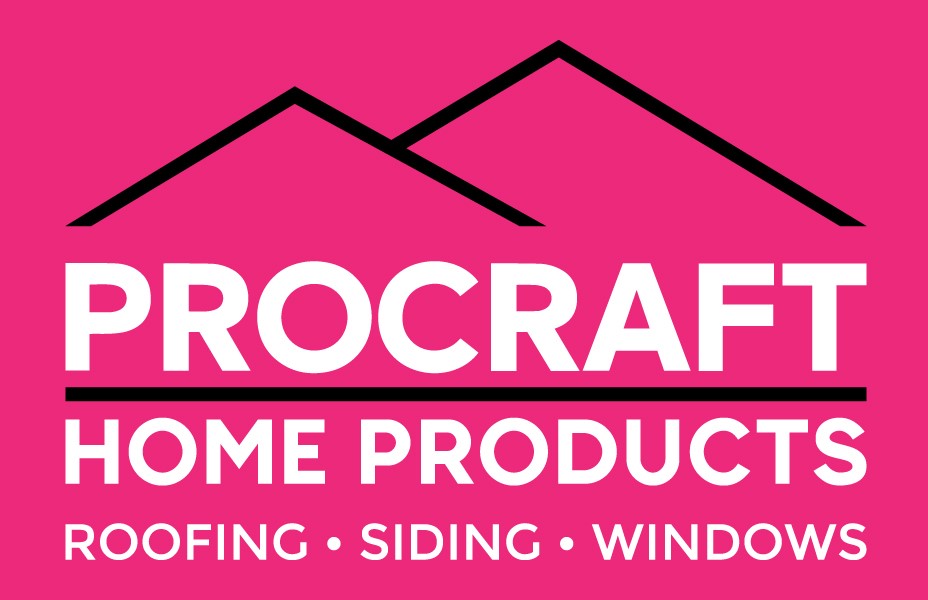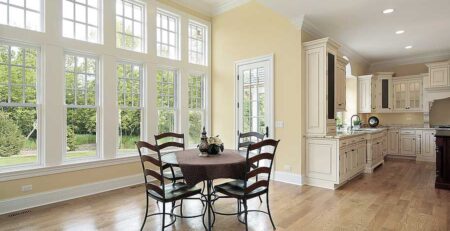What is Low E?
One of the questions we are often asked is what is low e and is this something that I need? Low E is short for low emissivity. Low E is a microscopic coating that is attached to the inside surface glass of a replacement window. This layer is so thin it can only be seen through a microscope. This coating can be thought of as insulation you can see thru. Low E is designed to reflect heat back to the heat source. In the summer months the heat is reflected back to the outside hence lowering the cost to cool your home. In the winter the infrared heat coming out of your furnace is reflected back into the home thus saving on your fuel bills all while making our homes more comfortable. While Low E glass allows light to pass thru, the damaging effects of the sun on home furnishings is diminished. So to answer the question do I need it? The answer is ABSOLUTELY. Whomever you choose to replace your windows, adding Low E glass takes energy savings as well as comfort to a whole other level.

